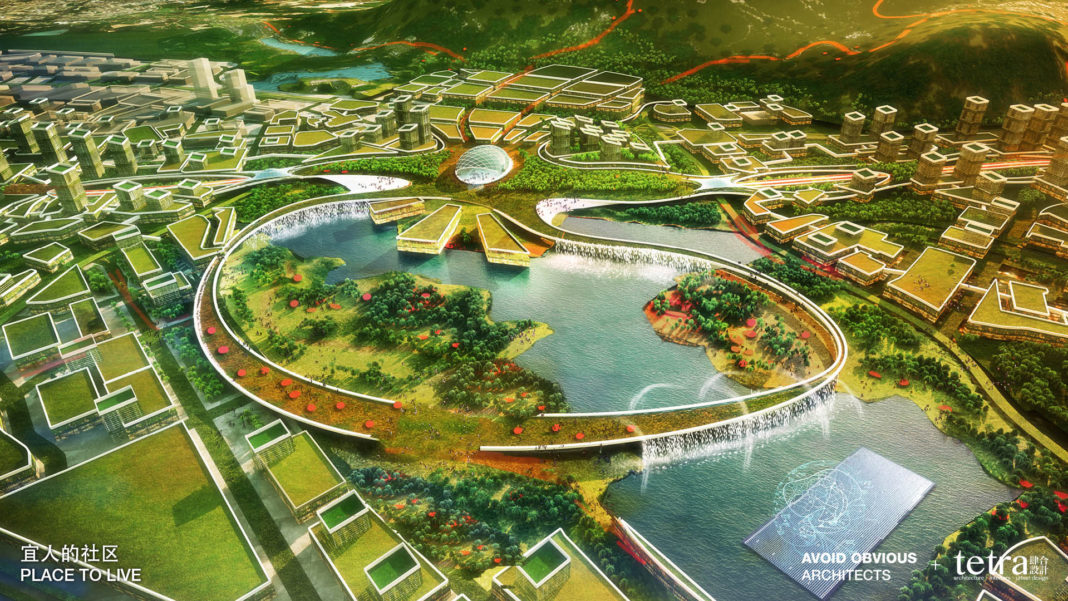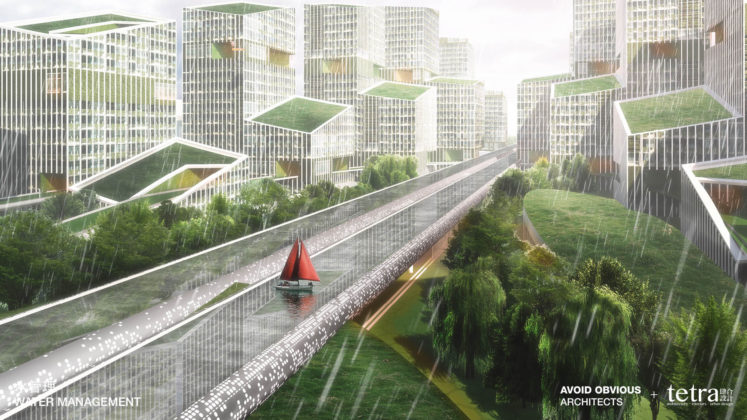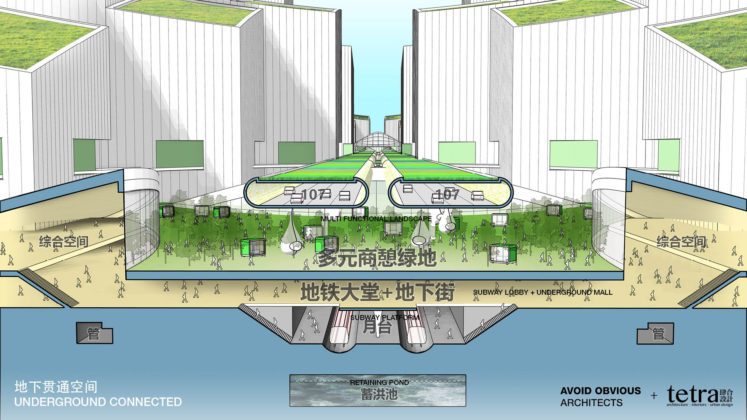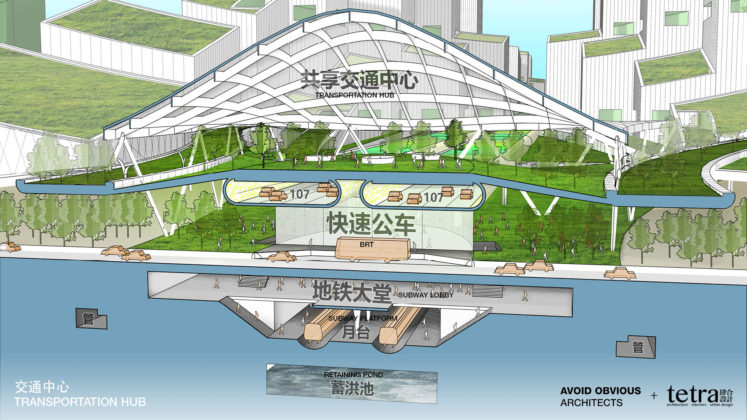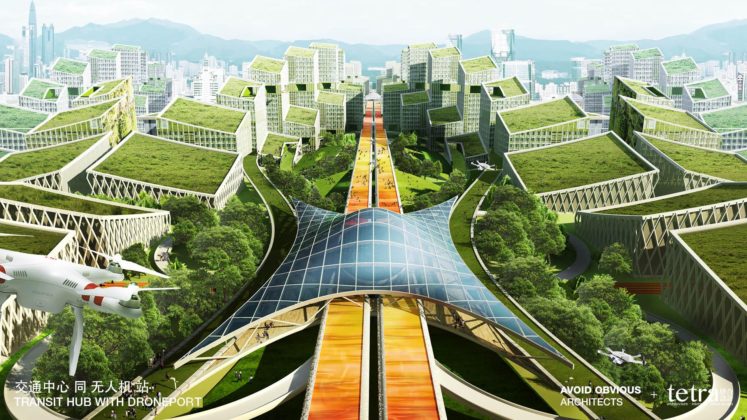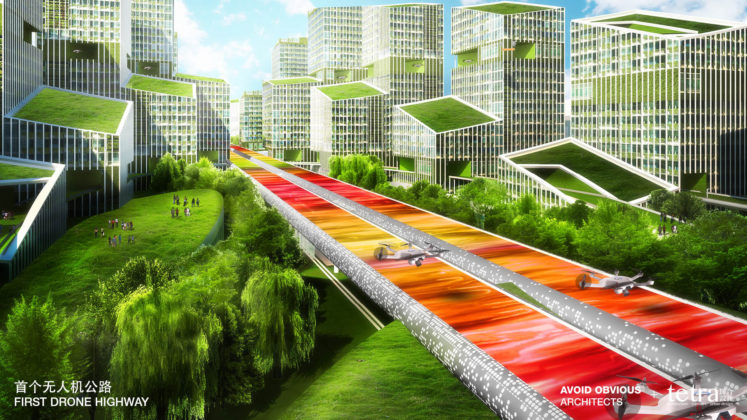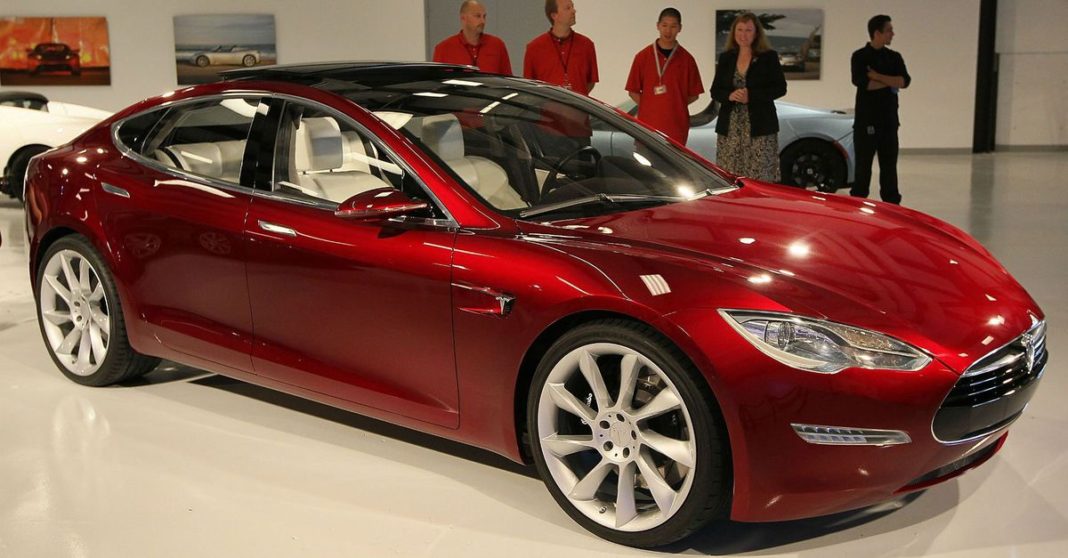A team of designers has recently unveiled plans to redesign China’s G107 Highway in Shenzhen, China. Originally planned to be a 12-lane highway to accommodate the rise in people and cars, that has now changed somewhat. New designs have been produced by a collaboration between Avoid Obvious Architects, Tetra Architects and Planners, and BCCI that would see two 4-lane highways enclosed in tubes instead of the original 12-lane highway plan.
By creating roads that are enclosed in capsules, pollution will be minimized and more controllable. The plan also includes elevated roads which will enable the now separated Bao’a District to reconnect. In the space underneath the elevated highway, designers have envisioned using it to house green spaces and offices. There would also be channels created to collect water and assist with the city’s water management issues.
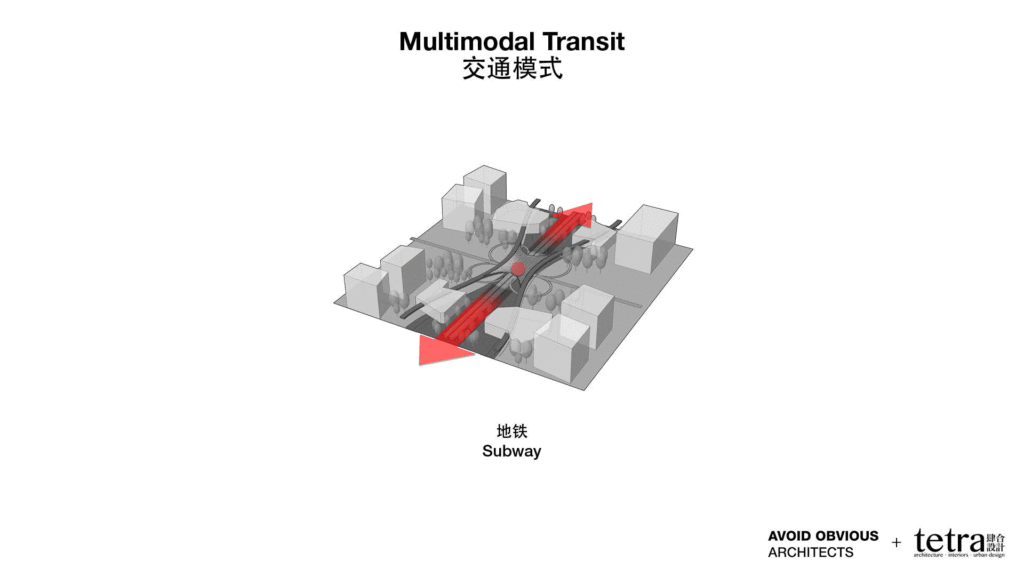
The city of Shenzhen was built up quickly over the past 30 years. In doing so, they did not take the time to consider the city’s waste management system, and now it is in a poor state as there are not enough water treatment plants around. The current treatment plants are 40% overloaded which adds to the pollution in the canals. The new design looks to separate residential, commercial, and industrial wastewater and filter some of it back into the groundwater and create the first ever drone highway above.
Shenzhen is already home to two major drone manufacturers, so creating a drone highway should not be too far out of reach for them. As most of the traffic on the highway is due to trucks, it makes sense to replace them with more efficient systems that are out of the way from everyone else. The city is still deciding whether or not to accept the proposal, so it still may not come into action. But, if it does it could pave the way for other cities transportation networks to adopt the same approach.
More News To Read

